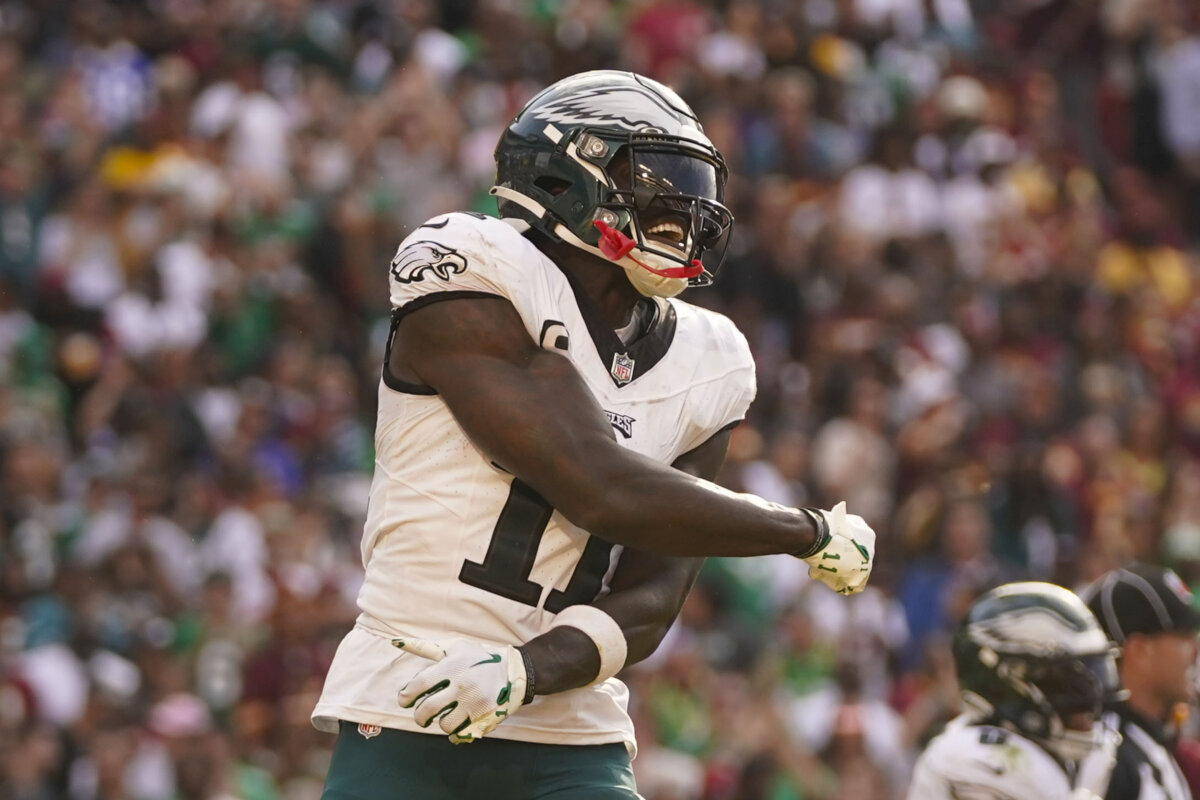Philadelphia’s first homicide of 2019 was reported just 17 minutes into the new year. Anibal DeJesus, 36, of Kensington, was found dead from several gunshot wounds on the 3200 block of Tamp Street, just north of Allegheny Avenue between E and F streets.
Tragically, that homicide may continue the trend from the past bloody year in Philadelphia – one that ended with more homicides than the city has seen in a decade.
There were 351 homicides in 2018 in Philadelphia, more than any year since 2007, which ended with 391 murders.
The last several weeks of the year were particularly bloody, with a quadruple homicide in late November, followed by two triple killings in early December. Philadelphia also experienced a violent summer with local news reporting an estimated 150 teenagers shot. Statistically, most of the victims and perpetrators were African American and Latino males, aged 15 to 34.
Philly police have named drug crime as a cause behind the spike in murders.
“We know that part of the reason that the spike is happening is because of the opioid crisis,” Ross told NBC10 when asked about the increase in murders. “We’ve got a 93 percent increase in our motives that related to drugs in homicide that’s significant, and so clearly, for us, that’s probably the biggest problem.”
By comparison, some cities with larger populations than Philadelphia’s (1.5 million) had fewer homicides, such as the nation’s two largest cities. New York City, with a population of 8.6 million, had 286 homicides in 2018; while Los Angeles, with a population of four million, had 282 homicides in 2018.
(Meanwhile, Chicago, with a population of 2.7 million, had 561 homicides in 2018 – 100 fewer than in 2017.)
After the bloody summer, in September, Mayor Jim Kenney ordered senior city leadership to develop a plan “for how to dramatically reduce the killings and shootings in Philadelphia” which looks “at violence through the lens of public health” by January, the mayor’s office said.
The public health approach in general means taking an epidemiological view of violence – treating it as a disease whose spread can be documented and deterred. Police records indicate most gun violence in the city is concentrated around specific hot spots of extreme poverty and illegal activity.
In the year 2013, Philadelphia hit a historic, 50-year low with 246 homicides.
Even 2018 numbers are still well below where the peak of the crack crisis in the early ’90s, when Philadelphia saw around 500 murders a year.

Portraits of murder victims line the Art Museum steps during the June 2018 “Fill the Steps Against Gun Violence” rally organized by Daily News columnist Helen Ubiñas. Philly’s murder rate is trending upward in 2018. (Getty Images)
By the numbers: Philly’s homicide totals
2007 – 391
2008 – 331
2009 – 302
2010 – 306
2011 – 326
2012 – 331
2013 – 246
2014 – 248
2015 – 280
2016 – 277
2017 – 315
2018 – 351



























